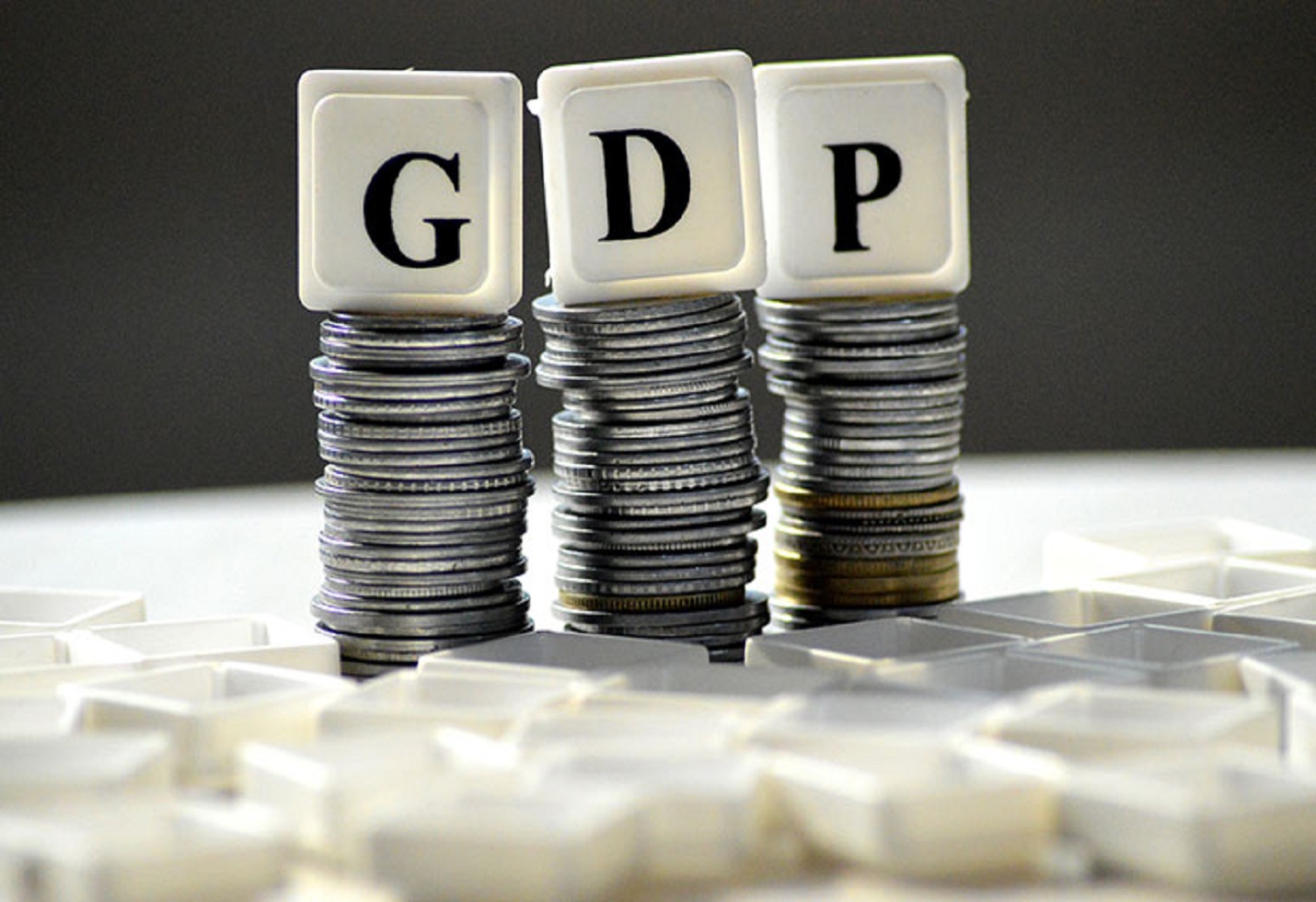GDP likely grew by a median 6.3% in Q3, slightly higher than RBI’s 6.2% estimate
Overview
In spite of challenges in global geopolitics and trade or supply chains being vulnerable to the tides of re-globalization, the Indian economy has been resilient in its stance. Based on SBI’s internally created Nowcasting Model which uses 36 high frequency indicators, SBI projects that GDP growth for Q3 FY25 would be between 6.2% and 6.3% (data coming on February 28). SBI projects the FY25 full year GDP to be 6.3%, assuming that NSO does not announce any significant changes to the previous Q1 and Q2 data.
Further, according to the median of 16 experts’ forecasts, India’s GDP grew at a rate of 6.3% in October-December, up from 5.4% in July-September, primarily as a result of a general uptick in economic activity. GDP must increase by 7.3% to 7.3% in Q4 in order to average 6.4% for the entire fiscal year if Q3FY25 growth is 6.3%. GDP increased 6.7% in the first quarter and 5.4% in the second.
Global Growth to be stable
The deceleration in Q3CY24, influenced by escalating geopolitical issues, supply chain disruptions, and resulting imported inflation pressures, was not unique to India. Nonetheless, India still maintained its position as one of the fastest-growing economies.
The International Monetary Fund (IMF) has kept its growth forecast for India at 6.5 percent for FY26 and FY27, stating that this aligns with the country’s potential. India’s growth has slowed more than anticipated, primarily due to a sharper decline in industrial activity, according to the IMF’s update on the World Economic Outlook (WEO), which noted the unexpected 5.4 percent growth rate for the September quarter.
The IMF’s growth prediction is lower than that of the World Bank, which has also upheld its growth estimate for India. India is expected to continue having the highest growth rate among the world’s largest economies, projected at 6.7 percent for both FY26 and FY27. The services sector is likely to experience consistent growth, while manufacturing is expected to gain momentum, bolstered by government efforts to improve logistics infrastructure and enhance the business climate through tax reforms, according to the World Bank’s key report on Global Economic Prospects.
Key Economic Indicators
Key indicators are demonstrating significant growth across every sector, including consumer spending, investment demand, industry, and services—pointing to strong momentum. A rise in Q3FY25 growth is indicated by 36 key indicators that SBI tracks, including those related to industry, services, agribusiness, and consumption and demand. In Q3FY25, 74% of indicators showed acceleration, up from 71% in Q2FY25. Based on monthly statistics, GDP growth as measured by the SBI Composite Leading Indicator (CLI) Index—a basket of 36 leading indicators that incorporates criteria from nearly every sector—indicates a modest increase in economic activity in Q3. This surge in Q3FY25 economic activity suggests that GDP might climb between 6.2 and 6.3%.
RBI hints on recovery in Q3
High frequency indicators suggest that the economy is on a “path of recovery” during H2FY25 from the “loss of momentum” observed in the first half, according to the Reserve Bank of India’s (RBI) February bulletin.
A recovery in overall momentum is also indicated by a pick-up in tractor sales growth, fuel consumption, and steady increases in air passenger traffic. Rural demand continues to remain up, buoyed by increased farm incomes, stated the bulletin.
According to the bulletin, fast-moving consumer goods (FMCG) companies’ sales in rural areas increased by 9.9% in Q3FY25, which was much higher than the 5.7% growth in Q2. According to the report, urban demand also showed signs of recovery, growing by 5% in Q3, which was almost twice as much as the 2.6% growth in the previous quarter.
India Inc earnings boost
About 4000 corporations in the listed sector reported a 6.2% increase in revenue in Q3FY25 compared to Q3FY24, while EBIDTA and profit after tax (PAT) increased by about 11% and 12%, respectively.
Additionally, compared to Q3FY24, Corporate ex BFSI, which is represented by over 3400 listed businesses, showed revenue and PAT growth of 5% and 9%, respectively, in Q3FY25.
It is important to note that, in contrast to the negative EBIDTA growth in the previous two quarters of FY25, the same group of businesses reported EBIDTA increase of about 5% in Q3FY25. Overall, the EBIDTA margin increased from 14.4% in Q2FY25 to 14.84% in Q3FY25, an improvement of about 44 basis points. In Q3FY25 (YoY), corporate GVA increased by almost 300 basis points to 9.55%.
Conclusion
With strong GDP forecasts driven by rising demand, industrial activity, and government policy, India’s economy is strong despite international headwinds. Corporate performance and RBI indicate a turnaround, which also gives a boost to confidence in sustainable growth. India’s economy will likely boast fast growth growth rate globally.
The image added is for representation purposes only




